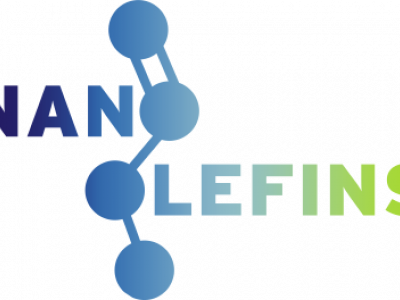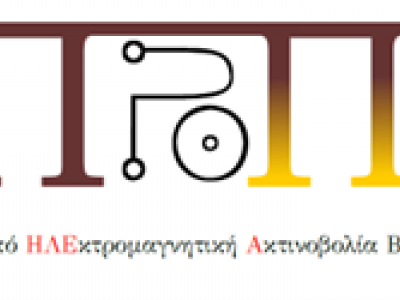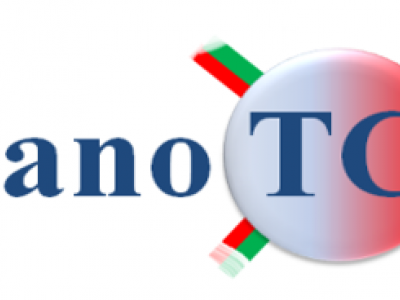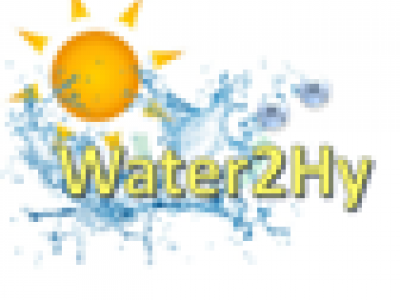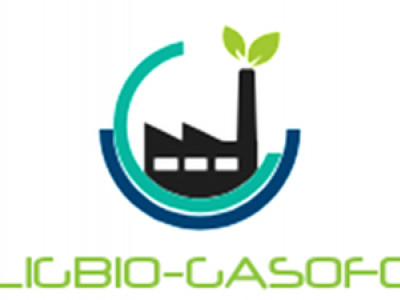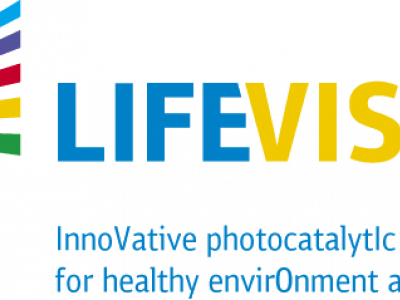
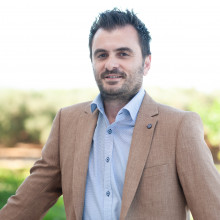
Dr. Vassilios Binas is Assistant Professor at the Department of Chemistry, Aristotle University of Thessaloniki, and Associated Researcher at the Institute of Electronic Structure and Laser (IESL) of the Foundation for Research and Technology – Hellas (FORTH). He has served as Visiting Researcher at Imperial College-UK (2015), International Institute of New Energy, Shenzhen, China (2014), International Research Center for Renewable Energy (IRCRE) School of Energy & Power Engineering, Xi’an, China (2014) and at Electronic Ceramics-K5, Institut ‘Josef Stefan’, Slovenia (2013). He is visiting professor at Department of Physics of UoC since 2016, lecturing the course of Electron Microscopy and Materials Science and Engineering.
His work in nanomaterials for energy, and environmental applications, from design, synthesis, characterization of nanomaterials (such as oxides, hybrids etc), fabrication (additive manufacturing) and study of their physicochemical properties for environmental applications with particular emphasis on photocatalytic nanomaterials (for improved air, water and health quality) and materials for gas sensing to detect toxic gases, and for energy applications (energy storage, CO oxidation, CO2 transformation, water splitting, H2 production etc)
He is co-author of more than 80 peer-reviewed papers and inventor on 5 patents. He won important scientific prizes and awards in Competitions of Innovation and Applied Research (>20) and gave more than 40 invited lectures including 1 Key-note in international scientific conferences and workshops. He has been selected as a next generation Young Researcher in Strasbourg on 2013 and 2017 at the 4th and 6th World Summit on Materials organized by the Int. Union of Materials Research Societies (IUMRS) and he is one of the two European Representatives in the Global Materials Network on Advanced Materials.

